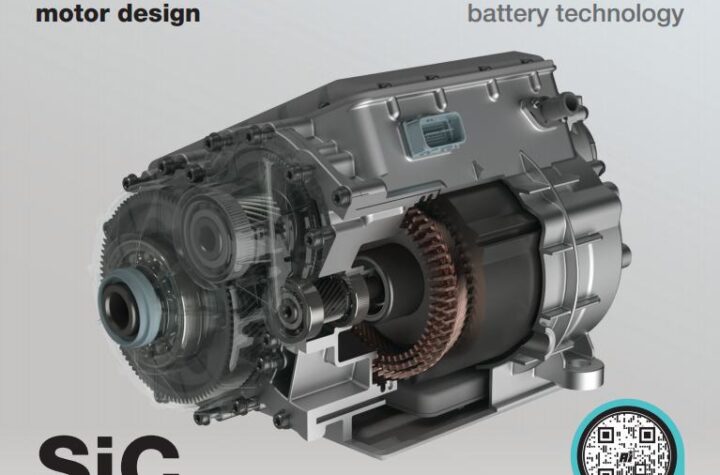Recent news that a 5-member team (a.) plans commercialization of $1/gal (commodity cost) ethanol from algae, coincides with information that Ricardo engineers have developed a spark ignited engine able to sense and adjust automatically to any mixture of gasoline and ethanol fuel with thermal efficiency equal to diesel engines but at lower cost and half the displacement yet with comparable performance.
Although the low cost of new ethanol supplies by the unique Algenol process is a plus for the Ricardo engine, the engine’s diesel equal fuel efficiency on gasoline has equal if not greater importance and is another reason why the age of Otto cycle( i.e., spark ignited) liquid fueled engines will continue long into the future.
Information on the new engine termed EBDI (Ethanol Boosted Direct Injected) was provided to AUTOMOTIVE INDUSTRIES by Ricardo executive engineer, Rod Beazley and by engineer, Luke Cruff. .:
– A 3.2L version of the EBDI engine provides comparable performance and specific efficiency vs. typical 6.6L diesel engines but costs considerably less and can be packaged in the same space.
– Conventional engine architecture is used with strengthened parts exposed
to high combustion pressures.
– Turbo boost pressure is 2-3 bar for most of the power range and is found during a large part of the engine’s operating map due to the highly downsized displacement
– Engine mechanical Compression ratio is currently 10:1 (effectively much higher
due to turbo boost pressure).
– Engine BMEP (pressure) is in the range of 30-35 bar depending on fuel which compares with 18-22 bar for conventional engines and up to 25 bar in very high performance engines.
– Conventional 200 bar gasoline direct injection is employed .(typical current diesel injection pressure is about 2000 bar)
– High EGR rates of 20-25% are employed with induction air plus EGR with air to water charge air cooling.
– High energy conventional spark ignition system comparable to the type used in natural gas engines is employed.
– Intake valves have variable timing with variable lift planned for future iteration. Exhaust valves have variable timing only.
– Conventional 3-way catalyst emissions control technology is employed. This is a
large part of the EBDI’s cost advantage compared with expensive emissions
controls required for diesels particularly in the U.S .
Ricardo is planning to have a light truck (1 ton) with EBDI 6-cylinder 3.2L engine ready for road testing in 2010.and believe there is a broad spectrum of highway and off highway applications for EBDI engines fueled by gasoline or any mixture up to E100. . Unclear is how soon and to what degree low cost ethanol may be available above the E10 level in the U.S, but regardless, diesel engines for many applications face new technology Otto engine competition worldwide.
Ricardo engineers point out that the EBDI technology is applicable across a broad range of engine sizes and would have very favorable economics as a 3-cylinder engine, for instance, for smaller mass market vehicles with ultra high MPG ratings.
(a.) The low cost ethanol commercialization team includes Algenol Biofuels, Dow Chemical Co, National Renewable Energy Laboratory(DOE), Georgia Institute of Technology and Membrane Technology and Research, Inc.














































 Reilly to Lead Opel/Vauxhall Operations
Reilly to Lead Opel/Vauxhall Operations



